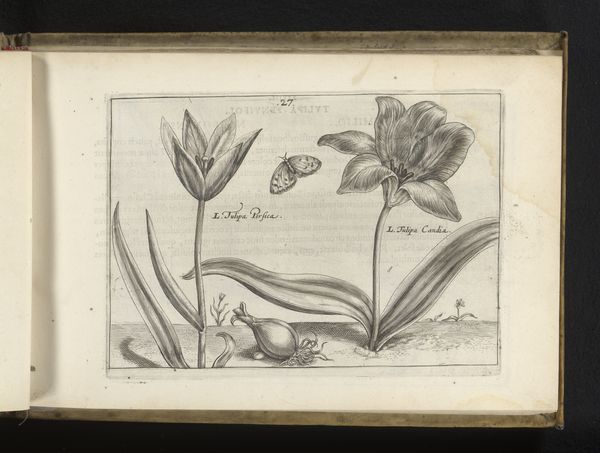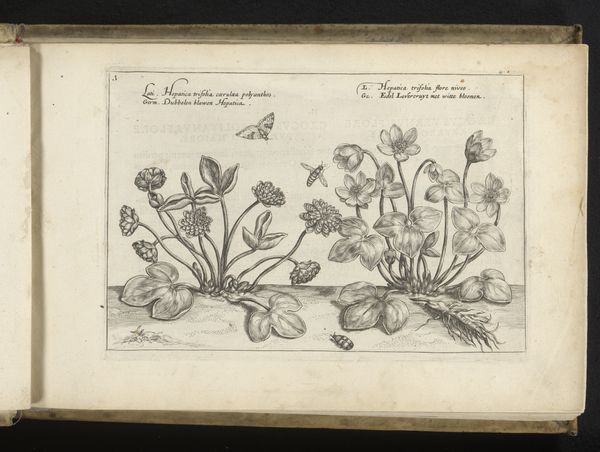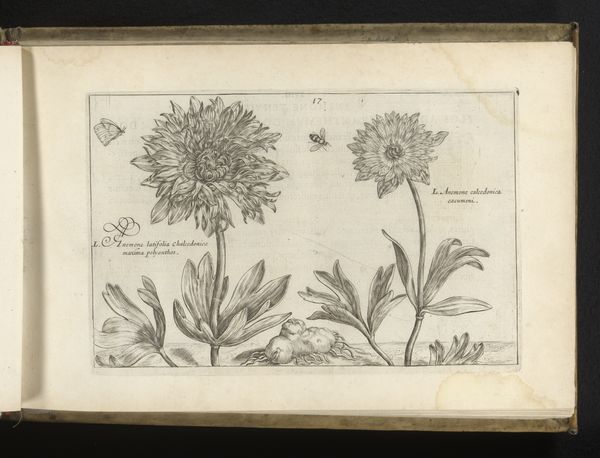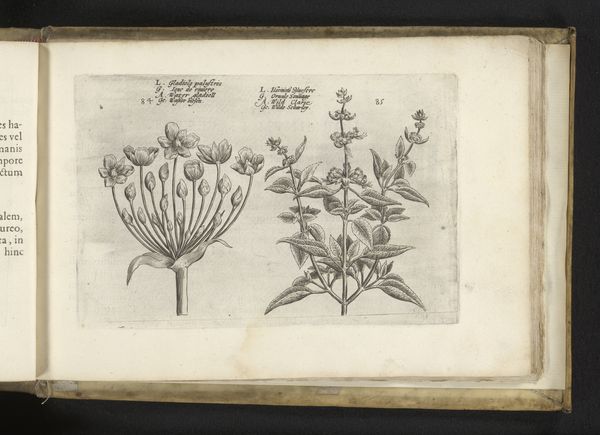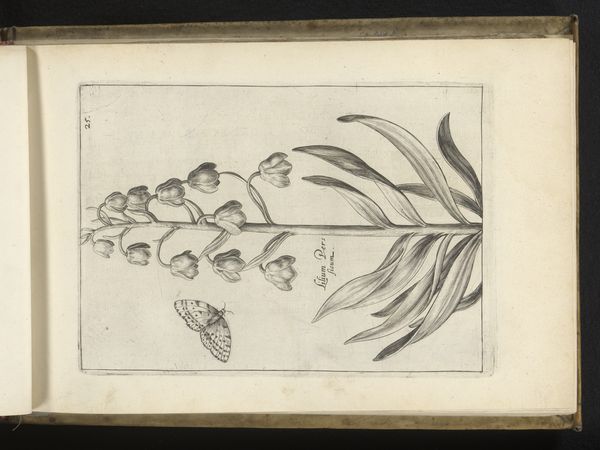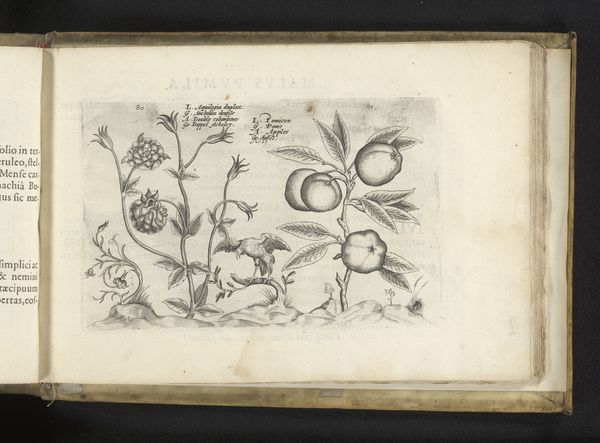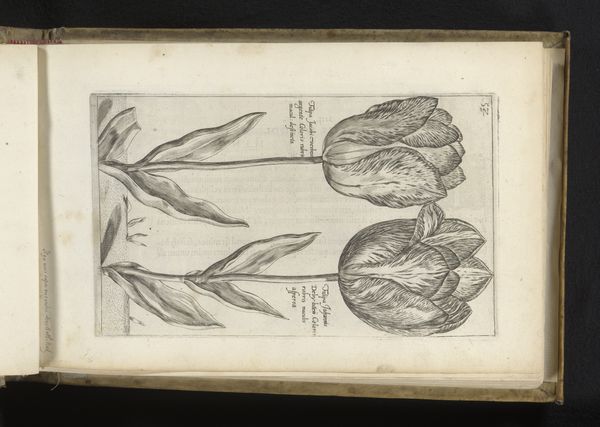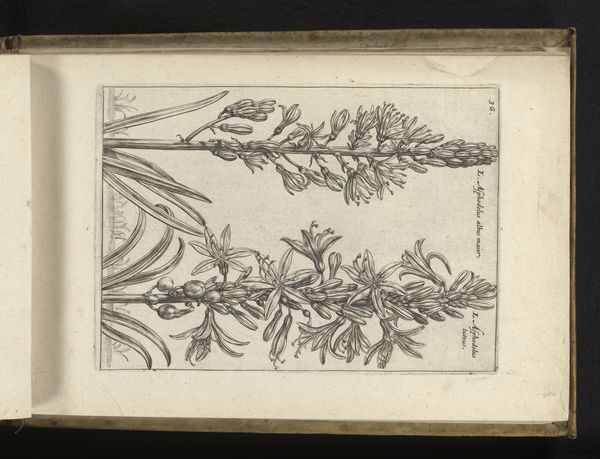
drawing, print, paper, engraving
#
drawing
# print
#
flower
#
paper
#
line
#
engraving
Dimensions: height 205 mm, width 142 mm
Copyright: Rijks Museum: Open Domain
Curator: This is "Lelie," a 1617 drawing by Simon van de Passe, currently held at the Rijksmuseum. It's a meticulous engraving on paper depicting a lily. Editor: It strikes me as a botanical study, precise and almost scientific. The stark line work gives it an analytical feel, despite the flower’s inherent beauty. Curator: Precisely. Line engraving was a crucial technology, allowing for mass reproduction and dissemination of information, particularly in fields like botany. Before photography, these prints served as vital visual records. Editor: And the labour! Think about the skill and time it took to meticulously carve those lines into a metal plate. Each stamen, each petal…it speaks to a specific kind of craftsmanship, focused on accuracy and repeatability. I am curious, why lily was chosen? Curator: Lilies carry significant symbolic weight in art history, especially within a religious context. They often symbolize purity, innocence, and resurrection. Consider the Annunciation scenes where the angel Gabriel presents the Virgin Mary with a lily. The symbolism would have resonated deeply with audiences of the time. Editor: That’s interesting given how stylized it looks. Almost manufactured. A flower depicted through reproducible labour. Does it make the common lily appear divine, or does the divine get turned into factory production? Curator: A very interesting thought about whether it makes lily appear divine. Maybe this accessibility through prints democratized its symbolic meanings and opened them up to broader interpretations and everyday applications. What do you make of its almost perfectly symmetrical design? Editor: The symmetry seems deliberate. Reflective perhaps of the control humans wish to exercise over nature through science. Like nature tamed in two-dimensions. It underscores the artificiality of the printed image, its remove from the actual growing flower. Curator: I agree that such an early printed matter about flowers shows control of men over nature, using symbolic and religious meanings from that time. It really makes us rethink flower’s representation and craft work involved. Editor: Absolutely. It’s fascinating how something so seemingly straightforward reveals layers of meaning when we consider its production and cultural context.
Comments
No comments
Be the first to comment and join the conversation on the ultimate creative platform.

